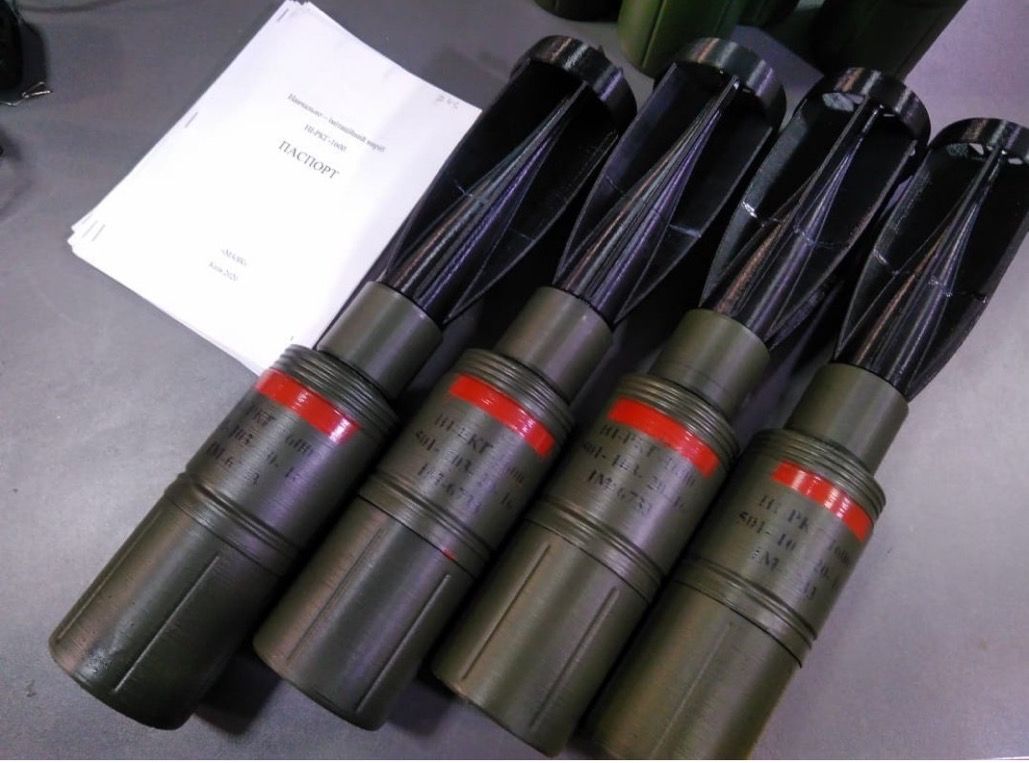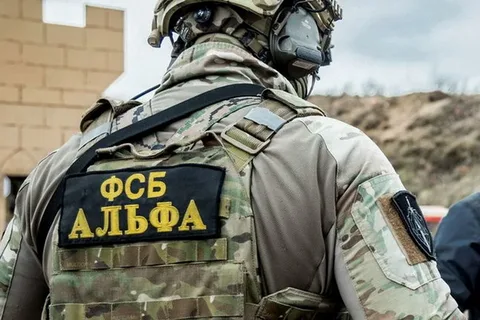By now, many will have seen the video of a Ukrainian drone dropping a small bomb through the sunscreen (!) of a car driven by Russian soldiers. Here's a short thread on how it was done (with thanks to @ian_matveev, on whose thread this is based). /1
For the attack, a modified VOG-17 grenade was used. A fin and a front part, created on a 3D printer, are added. The VOG-17 is a Soviet-era 30x120 mm fragmentation grenade with a claimed effective radius of 7m, covering an area of about 150 m². /2 





It weighs about 350g (12.3oz) A hobbyist drone like a DJI Phantom 3 is easily capable of carrying one of these. As two grenades were used in this attack, it suggests that a bigger drone was used, two drones were used or the same drone was used to attack twice in succession. /3 

The modifications to the grenade are simple, but as the video shows, they enable good aerodynamic performance and high accuracy. /4
The VOG-17 grenade itself contains only 36g (1.2oz) of explosive and can't seriously damage equipment. But there is a lot of such ammunition in Ukraine. It's usually fired from an AG-17 automatic grenade launcher, a Soviet equivalent of the US Mk 19. /5
Low-cost hobbyist drones armed with small modified grenades provide a cheap and effective weapon against individual soldiers. Factions in Syria and Iraq used them to some extent, but they've really come into their own in Ukraine. /6
But how do you destroy an armoured vehicle with an off-the-shelf drone? Ukraine appears to have been using a few different approaches. One of the most effective has been to repurpose the RKG-3, an old Soviet-era type of anti-tank grenade dating to 1950. /7 

In 2020, Ukraine's PJSC Mayak Plant demonstrated a drone bomb conversion for the RKG-3 - attaching 3D-printed fins to convert it into the RKG-1600. It weighs about 1kg (2 lb), requiring the use of a larger drone. /8 

During testing, drone pilots were able to hit a target 1m (3ft) in size from an altitude of 300m (900 ft). At that altitude the drone would have been virtually invisible and inaudible. /9 

Another tactic appears to be the use of what are likely to be aerially-dropped mortar rounds - a very simple and cheap option, particularly against weakly armoured vehicles such as these Russian BMP-3s (with only about 10mm of top armour). /10 



The effect of these can be seen in the video below. /11
The cost-effectiveness of these things is extraordinary. An octocopter drone costs maybe $10k, a Phantom 3 costs around $500. A mortar or RKG-1600 probably costs under $100. Each BMP-3 cost the Russians $796k. Add to that the potential cost of a lost crew. /12
You can bet that military strategists will be watching this with great interest. Drones are now able to effectively snipe soldiers and equipment with great precision, likely undetected, at any time of the day or night and in most weather conditions. /13
Even if you're camouflaged, bivouacked or behind the front lines, a drone armed with a small bomb could be overhead at any moment. Drone pilots are the new snipers of the 21st century, and are likely to be just as much feared by their targets. /end
@shashj @TrentTelenko @WarintheFuture @UAWeapons @CovertShores @KofmanMichael @IAPonomarenko @JoshManning23 @pmakela1 @McFaul
Of great relevance to the above:
https://twitter.com/nolanwpeterson/status/1520686581157449730?t=DUMyq0E9VMCChnb-fAb6fQ&s=19
An extra point about how effective those converted anti-tank grenades (RKG-1600) are: the most recent models of the base RKG-3 grenade can penetrate 220 mm of rolled homogeneous armour. That's more than enough to take out a tank, as this video shows:
• • •
Missing some Tweet in this thread? You can try to
force a refresh










